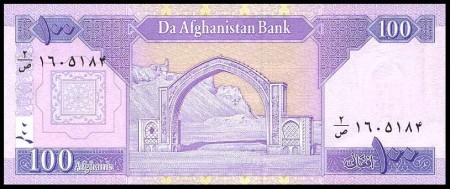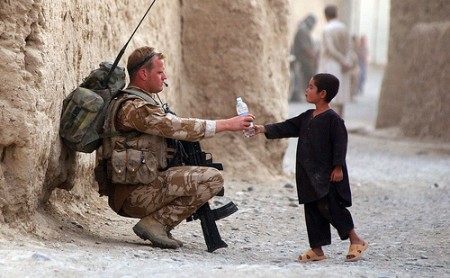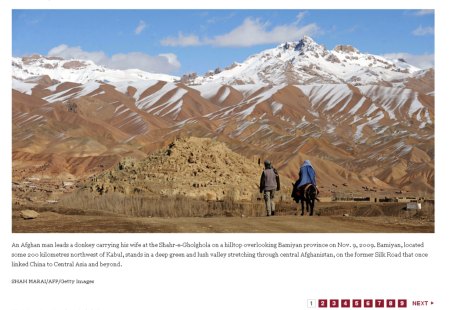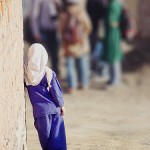
Nearly one year after the devastating Kunduz airstrike the German military has decided to pay $5,000 to each of the families of the 100 civilian victims. This is the latest move in an affair that forced the German public to face the reality of the country’s military involvement in Afghanistan.
Overall the Bundeswehr transferred $430,000, stressing that the payment is only a voluntary, humanitarian measure. This was preceded by demands by the families’ attorneys, who demanded up to 28,000 euro per family. Compared to the amount actually paid, the attorneys did not get very far.
The price tag of $5,000 appears even lower if one considers earlier reports that Germany had paid $20,000 to the family of an Afghan woman who was shot at a checkpoint, and $33,000 for a dead Afghan boy.
The German compensation policy appears ‘generous’ compared to other nations militarily engaged in Afghanistan. One report mentions a sum of $40,000 for 15 people killed, breaking down to roughly $2,700 per person, paid by US commanders. Other sources state that US military commanders are authorized to pay between $1,500 and $2,500 to a family that has lost a child or an adult. The loss of a limb or other injury is ‘worth’ between $600 and $1,500; a damaged or destroyed vehicle, $500 to $2,500; damage to a farmer’s fields is valued between $50 and $250.




